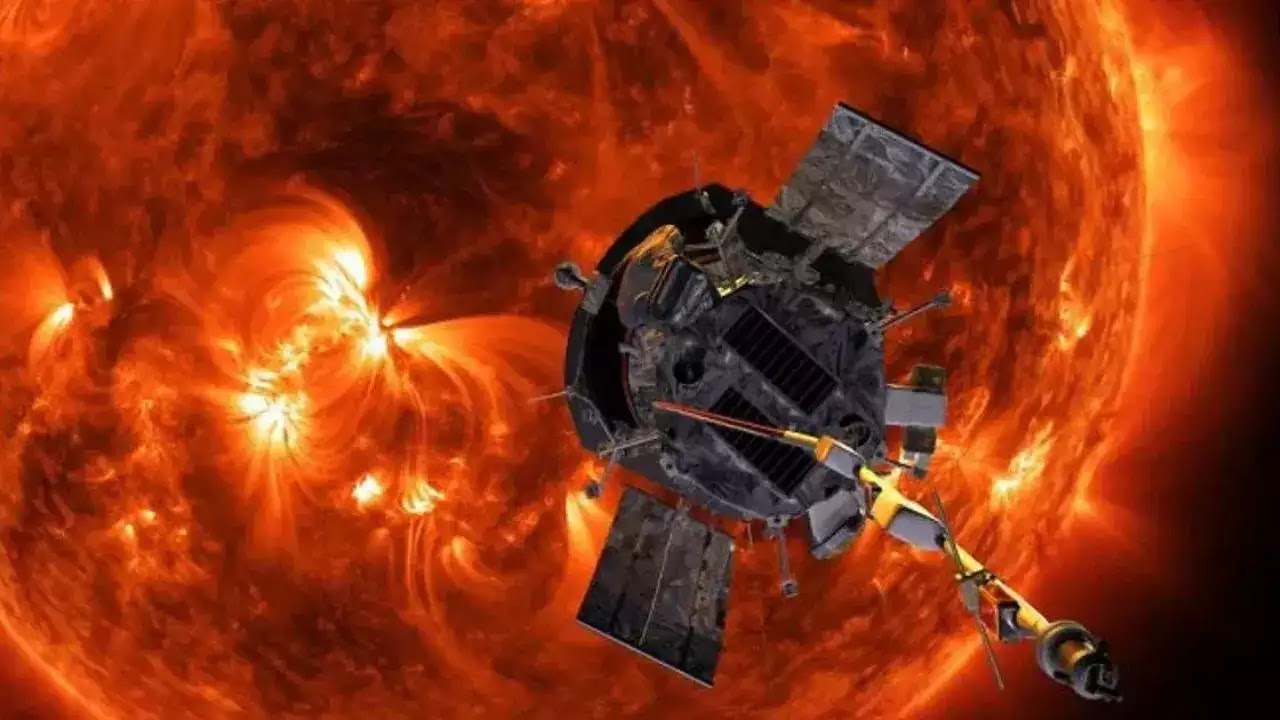ISRO’s maiden solar mission, Aditya L1, has marked a significant achievement by capturing its first high-energy X-ray glimpse of solar flares. During its initial observation period starting from around October 29, the High Energy L1 Orbiting X-ray Spectrometer (HEL1OS) on board the Aditya-L1 spacecraft recorded the impulsive phase of solar flares, as announced by the space agency in a statement on Tuesday.
Solar Flares: A Sudden Brightening
- A solar flare is a sudden brightening of the solar atmosphere, and the recorded data from Aditya L1 is consistent with the X-ray light curves provided by the National Oceanic and Atmospheric Administration’s (NOAA) Geostationary Operational Environmental Satellites (GOES).

HEL1OS Fine-Tuning and Calibration Operations
- Commissioned on October 27, 2023, HEL1OS is currently undergoing fine-tuning of thresholds and calibration operations. The instrument is set to monitor the Sun’s high-energy X-ray activity with fast timing and high-resolution spectra, according to the ISRO statement.
Studying Solar Explosive Energy Release
- HEL1OS data enables researchers to study explosive energy release and electron acceleration during the impulsive phases of solar flares.
- Developed by the Space Astronomy Group of the U R Rao Satellite Centre, ISRO, Bengaluru, HEL1OS is a hard X-ray spectrometer and a crucial component of Aditya-L1 Solar Mission.
Aditya-L1: Exploring the Sun’s Flaring Activities
- HEL1OS, the hard X-ray spectrometer on Aditya-L1 Solar Mission, serves as the harbinger of flaring activities on the Sun, with the ability to capture the early impulsive phase of solar activity.
- Flares produce enhanced emissions in various wavelengths across the electromagnetic spectrum, including radio, optical, UV, soft X-rays, hard X-rays, and gamma-rays.
- The flare emission comprises emissions from accelerated particles and hot plasma.
Aditya-L1 Mission Overview
- The Aditya-L1 spacecraft is designed to provide remote observations of the solar corona and in-situ observations of the solar wind at L1 (Sun-Earth Lagrangian point), located about 1.5 million kilometers from Earth.
- It represents the first dedicated Indian space mission for solar observations, aiming to study the Sun from an orbit around the L1.
- The mission carries seven payloads to observe the photosphere, chromosphere, and the outermost layers of the Sun, the corona, in different wavebands.
Fully Indigenous Effort
- Aditya-L1 is a fully indigenous effort with the participation of national institutions, showcasing India’s prowess in space exploration.
- An ISRO scientist mentioned to PTI that capturing the first high-energy X-ray glimpse of solar flares is an indication that the mission is progressing well as expected, marking a positive step in the exploration of our Sun.











 India Emerges as Global AI Battleground ...
India Emerges as Global AI Battleground ...
 ISRO Achieves Key Air Drop Test for Gaga...
ISRO Achieves Key Air Drop Test for Gaga...
 OpenAI Announced to Open First India Off...
OpenAI Announced to Open First India Off...

